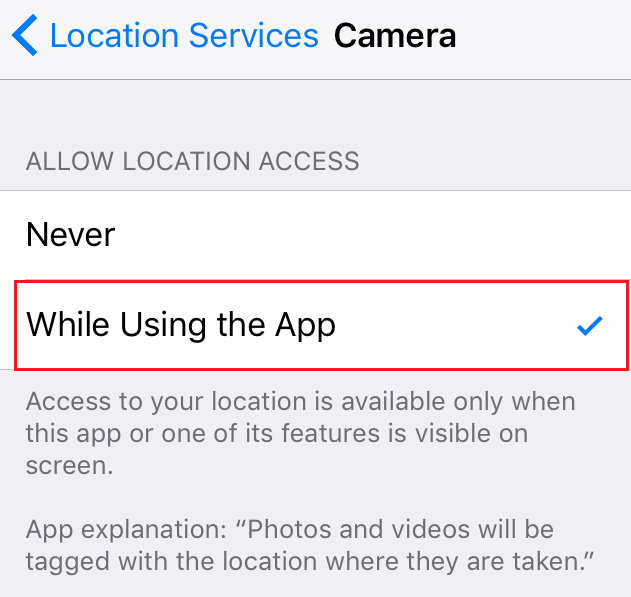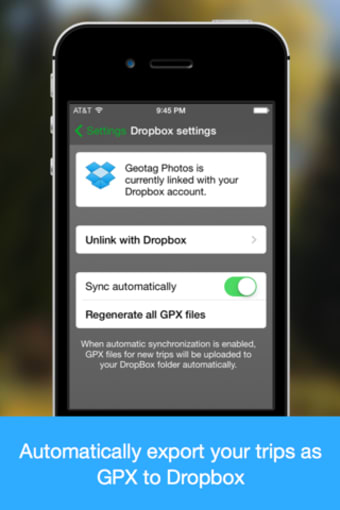

If the Include Non-GeoTagged Photos parameter is checked ( ALL_PHOTOS in Python), the photo will be added as an output feature with null geometry. Empty coordinates may occur when the device does not have an adequate signal to capture coordinates. If the x- and y-coordinates of a photo are 0,0, no point will be generated for that photo. The tool output includes a line chart showing the timeline of photos using a count of the time stamps in the DateTime field in date and time bins that are automatically calculated but can be customized. The output DateTime field can be used to analyze and map the output feature class through time. If an altitude was not recorded by the device, the field will have a value of Null, 0, or -999999, depending on the device and the output location you specified. Z-The altitude in meters where the photo was captured.Y-The y-coordinate where the photo was captured.X-The x-coordinate where the photo was captured.Refer to the device documentation for information on directional accuracy. Use a geotagged photo's direction information with caution, as the direction recorded by the device may not be accurate. Refer to the device documentation for more information. The direction value may refer to degrees from true north or magnetic north.

If no direction is recorded by the device, this field will have a value of Null, 0, or -999999, depending on the device and the output location you specified. Values range from 0 to 359.99 in which 0 indicates north, 90 indicates east, and so on. Direction-The direction the device was pointing when the photo was captured.Photo files may have a date created or date modified property, but these may not represent the date and time the photo was captured. Theres no need to manually go through messing around with your old clone tool any more Easily remove objects from your photos in a few seconds, our magic eraser. If the DateTime field contains null or blank values, it may be an indication that the device did not capture a useable time stamp with the photo. You can use our app to quickly remove all those unexpected objects from your images, such as logos, watermarks, power lines, people, text or any other undesired artifacts.

When the output feature class is in a geodatabase, this field will be of type date. When the output feature class is a shapefile, this field will be of type string.
#Remove iphone photo geotag full#
Path-The full path to the photo file used to generate the point, for example, C:\data\photos\Pic0001.jpg.The output feature class will have the following attribute fields: tif) and writes the coordinates and associated attributes to an output point feature class. Maybe I'll appreciate the iPhone's geotagging ability once I have a 3G or newer model, but I don't want to use the 2G's only nearly accurate location data.This tool reads the longitude, latitude, and altitude coordinates from photo files (. Not ideal, but I can live with it for now. After exporting I deleted the geotagged originals from iPhoto and re-imported my tag-less photos. I went with b) since the images are only iPhone photos and there was not a single pixel difference in quality when I selected JPG and quality Seems like this simply outputs your images completely unchanged, because the geotags were still there. It can come in particularly handy for things like posting to Instagram. It's a bit strange, but when exporting to JPG (the originals are JPG, too) and selecting the highest quality setting the above mentioned option is greyed out. MAPic is an interesting new app for the iPhone that lets you edit the geotagging data not just with the photos taken with the iPhone but also with images you took with other cameras like DSLRs. So I took another look at iPhoto and found the following workaround:Įxport the photos from iPhoto and make sure that *'Include Location Data'* isn't checked. OK, I've tried several tools which offer EXIF metadata editing, but none could remove the geotags.


 0 kommentar(er)
0 kommentar(er)
